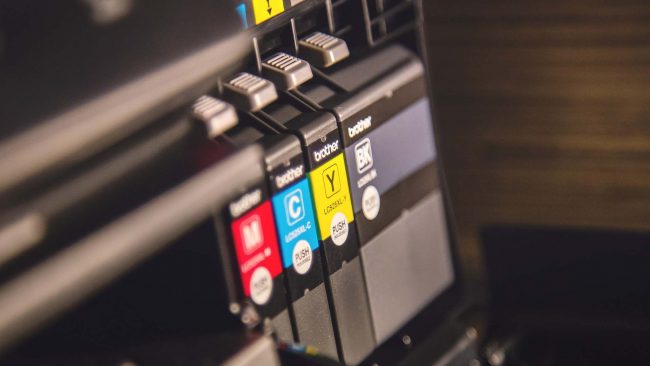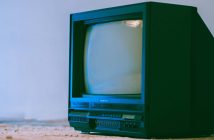When it comes to printers, there are a lot of options available to you. It can get a little bit confusing to navigate all the different options.
In this case, we’re focusing mainly on the printer components. Of course, there are Multi-Function Devices which typically also include a scanner as well. The same general advice can be taken to these devices as well, as the printing technologies are essentially the same.
Hopefully we can cover the basic pros and cons for each of the different types of printers, as well as a few other features to consider, so you can make a choice about the best type of printer for your needs.
Inkjet Printers
Inkjet printers are one of the two major types of printers you can buy and tend to be the cheapest printers to buy. Most printers under about the $100 price point tend to be inkjet printers. This tends to make them a very popular choice for home use.
A few things in their favour is that they are very flexible. Photographers tend to find these printers great as there are a lot of manufacturers of photo paper specifically for use with inkjets. There are a variety of other paper types, such as T-Shirt transfers, that are available for inkjets as well. This huge ecosystem built around these paper types is what gives inkjet printers their versatility.
They also have their drawbacks. While inkjets are cheap to buy, they tend to be expensive to run. This is particularly the case if your colour cartridge is a single cartridge rather than a separate cartridge for each colour, as if one colour runs out you must replace the entire cartridge wasting both ink and money. For this reason, inkjets with separate cartridges for each colour are a better option for colour printing, even if the initial purchase price is higher.
Another disadvantage is they tend to be really terrible for low volume printing. The reason is that the ink can sometimes dry up in the cartridge, or get wasted when the inkjet does its head cleaning cycles. This can cause the ink cartridge to dry up or be wasted. Once these running costs are accounted for, the appeal of inkjets tends to dwindle except for some specialist uses.
Laser Printers
Laser printers are the other major type of printer you can buy. They are generally a bit more expensive than inkjet printers to buy, particularly if you want to get colour. However, they do have their advantages.
While the print cartridges themselves are not always cheap, the number of pages you get out of a laser printer toner often exceeds what you’d get out of an inkjet cartridge. This often means that laser printers are cheaper to run than inkjets, particularly if you do a lot of printing. The toner doesn’t dry up either in the same way inkjets do, so you don’t run the risk of the toner drying out if you don’t print in a long time.
For general document printing, the print quality tends to be substantially better than what you would get out of an inkjet.
The downsides are that specialty papers designed for inkjets tend to not work well with laser printers, so if you do things like photo printing or other specialty uses, laser printing might not be the best option. Also, while they are cheaper to run, the initial outlay is often higher than that of an inkjet. However, a lower running cost makes them a very attractive option, particularly for high volume printing.
Additional capabilities
Whether you go for an inkjet or laser printer, you can broadly classify them into two categories. One is a ‘local’ type printer, which is specifically designed to connect to a computer, typically via USB. These are typically intended to use on a single computer.
The other category of printer has network capabilities, either via ethernet cable or Wifi. These are a little bit more complicated to initially set up, however they offer the advantage of being easily shared between multiple computers, making them a great option when you need to print from multiple computers.
If you’re only intending to use a printer on one computer, you don’t really need to think about this. However, if you have multiple computers, having one with networking capabilities is usually your best option. Even if they are trickier to initially set up, it is still easier than setting up one of your computers as a print server. You also don’t need to worry about leaving a computer switched on just to be able to print.
Another capability to consider is a duplexer unit. Basic entry level printers typically don’t have this capability, however more capable printers have a duplexer unit fitted which allows you to print on both sides of the page. This is a great option for those that are more environmentally conscious and want to minimise their paper use, or for those that print large volumes and want to cut down on their paper costs.
Verdict
If you’re just looking for a simple way to choose, think of it this way. Laser printers are more expensive to buy, but are usually cheaper to run. Inkjet printers are cheaper to buy, more expensive to run, but more flexible when it comes to specialist uses.
This often makes laser printers the more sensible choice, particularly for high volume printing unless you are going for a specific use like photo printing that makes the additional paper options for inkjets a better choice.





